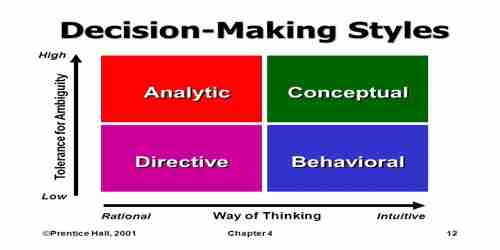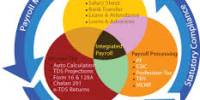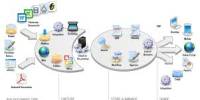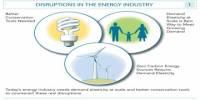Decision Making Style
Decision making style basically depends on managers’ approach to decision making. Decision making can be grouped into four main styles. The four styles are, Directive style, Analytic style, Conceptual style, and Behavioral style. Decision making style propose that people differ in two dimensions when they approach decision making. The first is an individual’s way of thinking and second is individual’s tolerance for ambiguity.
On the basis of the way of thinking and tolerance for ambiguity, decision making styles may be classified as directive, analytic, conceptual and behavioral. Each style looks at decisions in a somewhat different way. Each style deals with processing the information on which the decision is based differently.

Directive Decision Making Style
Managers who use directive decision making style have low tolerance for ambiguity and they rational in the way they think. This form of decision making relies on a rational and autocratic style that results in the employee using his own knowledge, experience and judgment to choose the best alternative. This type of leader is very rational, but thinks mostly about the short-term. John believes that a shopping mall is the best type of development for the land. They are very logical, efficient and take quick decisions within a short time. They assess few alternatives and also consider limited information while taking any decision. Basically such managers use their logic and idea while taking decisions.
Directive style decision-making has low tolerance for ambiguity and is rational. When a manager spots the dirt on the window, and orders the cleaner to clean the window now, that is a directive style decision-making.
Analytic Decision Making Style
Managers using analytic decision making style have much greater tolerance for ambiguity and rational way of thinking. They want more information before making a decision and also consider more alternatives. Analytic style decision-making has high tolerance for ambiguity and is rational. The decision-making style is due to uncertainty, and lack of information. Such managers are more careful decision makers as they consider factual and detailed information before taking any decision. They have the ability to adapt or cope with unique situations.
For example, when the management is discussing about acquisition. They do not make decision fast. They want to have more information before they make the major acquisition. They have to find answers to many “what if” questions.
Conceptual Decision Making Style
Conceptual style decision-making is characterized by high tolerance for ambiguity and is intuitive in nature. Managers using conceptual decision making style have high tolerance for ambiguity and have intuitive in their way of thinking. They look at many alternatives. They focus on the long run and are very good at finding suitable solutions. This kind of decision making is for a long term, and subjected to changes. For example, after Singapore gained independence, the Singapore government decided on industrialization. That was a conceptual style decision-making. There was no guarantee of success, and no historical data for analysis. As a result of the decision, Jargon Industrial Park was developed along with roads and infrastructure.
Behavioral Decision Making Style
Behavioral style decision-making has low tolerance for ambiguity and is intuitive. Managers using behavioral decision making style have low tolerance for ambiguity and intuitive in their way of thinking. The manager possesses behavioral style decision-making will engage in team discussion. He is responsive to the mood of the team members. He makes decision based on what feels right, and what will motivate the team members to perform. The decision is communicated clearly and leaves no room for doubt. They are concerned about the achievement of subordinates and always take suggestions from others. They organize meetings of subordinates time and again to get information and suggestions. However, they try to avoid conflict. Acceptance by others is important to this decision making style.
Information Source-
















